The University of Toronto has long been in the forefront of leadership development in kinesiology and physical education.
In 1900, it established a three-year diploma course in Gymnastics and Physical Drill to meet the demand for qualified teachers, professional youth workers, and community leaders. The following year, the course was lengthened to four years. Students took practical courses in first aid, teaching methods, and a variety of exercises and sports, in conjunction with their undergraduate study in arts and sciences. Those who were successful graduated with both a diploma and a bachelor’s degree. Although initially intended exclusively for men, women were quick to enroll. During the 1920s, it became a women’s-only program. In 1928, the course was renamed Physical Education.
Despite the success of the diploma course, the faculty and staff at U of T realized that an even more ambitious program of professional preparation was needed and that it should be available to both genders. The construction of school gymnasia and swimming pools during the prosperity of the 1920s and the requirement that all high school students take physical education created a demand for better teachers, while the ravages of the depression made improved national fitness among the entire population an urgent public priority. In 1940, the Senate approved a proposal for a specialized three-year degree program in Physical and Health Education. U of T was thus the first university in the British Commonwealth to offer a degree in this field. Six men and 11 women began the course in September of that year.
From its beginnings, the school was concerned with the connection between physical activity and health. The school developed close links with the other health science divisions at U of T (dentistry, medicine, nursing, and pharmacy), stressing the importance of the biophysical aspects of physical activity and health. Courses in the social sciences were subsequently added to enable students to gain a multidisciplinary, holistic grounding in the knowledge and skills necessary to provide opportunities for health and well-being.
In 1962, the program was extended to four years. In 1979, the school assumed responsibility for the Graduate Program in Applied Physiology (from the School of Hygiene) and changed the name to Exercise Sciences.
In 1998, the school was merged with the Department of Athletics and Recreation, which provides co-curricular programs, services, and facilities to all U of T students, faculty, staff, alumni/ae, and community members. At the same time the Graduate Program in Exercise Sciences became a department within the Faculty. The idea was to create a ‘teaching health centre’, in which research, teaching, and practice are closely linked to the benefit of both students in the Faculty’s degree programs, and other U of T students.
There is growing public awareness of the consequences of inactivity and the importance of daily physical education within the school system for cognitive and social development, thus increasing the relevance of our degree. There is also a growing awareness of the role of physical activity/exercise in the prevention and treatment of the leading causes of illness and death. Kinesiology refers to the study of human movement in the broadest sense and as such involves an integrated range of knowledge spanning the biophysical, psychological, and physical cultural areas of study.
In January 2012, the Faculty changed its name to the Faculty of Kinesiology and Physical Education, a change that better reflects the breadth of its degree programs and the range of activities that happen under its umbrella. Similarly, in 2021 the name of the Graduate Department was changed to the Graduate Department of Kinesiology.
Today, approximately 1100 undergraduate and 150 graduate students are enrolled in the Faculty’s degree programs, and over 90,000 students are eligible for the co-curricular programs.
Faculty members have made notable contributions to research and the development of community institutions. Dr. Harry Ebbs, director between 1953-63 and 1967-72, was a pioneer in the health screening of school age children and the training of summer camp leaders. Dr. Juri Daniel, director between 1972 and 1979, is a pioneer in the study of stress and the development of adult fitness programs. Dr. Roy Shephard, director between 1979 and 1991, is a world-renowned investigator in exercise physiology. Dr. Bruce Kidd, director between 1991 to 1998 and dean between 1998-2010, is a leading sports historian and Olympic analyst. Dr. Ira Jacobs, dean between 2010-2021, is an internationally recognized exercise physiologist. Dr. Gretchen Kerr, who became dean in July 2021, is an internationally esteemed scholar in sport psychology.
